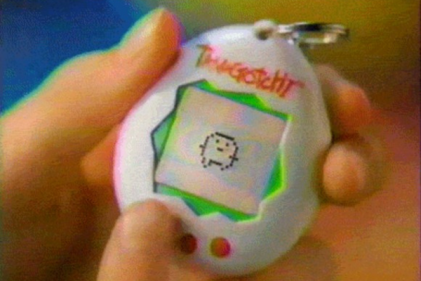So you have the idea for a book – you’ve possibly had it for years – and have just never done anything about it. You know it could be big – huge even – but you just can’t seem to get it down on paper!
It’s totally intimidating to be stared down by a blank word document. Even putting one word on it feels like you’re about to ruin everything and if it isn’t perfect immediately, you won’t be able to go back to it.

There is a little prep work you can do before actually putting pen to paper (or fingers to keys, if you will) to help you feel like you have a little more direction for the plot and grasp on who the main character is and what they want. Check out our tips below for getting started on your masterpiece!
Figure out who you’re writing for

Knowing who your audience is – even if it’s just yourself(!) – is key. Have you ever heard the phrase ‘write the book you want to read’? Well it’s a saying for a reason – the more you want to read this book, the more of yourself and your passion that you put into it – the key to any good book. Alternatively, if you’re writing a romance or a sci-fi thriller, ask yourself, do I know what kind of tropes and plots these kinds of readers like?
Read - a lot

Which brings me to my next point – if you know the audience and genre you’re writing for, you need to read a lot of that genre – and lots of other genres! Once you know the rules of storytelling and the rules of the genre, then you can break them in fun and expected ways that will gives the reader a great experience.
Figure out what your main character wants

And what lengths they’ll go to get it. The main character’s most desperate and basic desire is what will fuel this story – and will also give you the obstacles as to why they cant have it. Those are the basics of your plot – what they want and what they have to struggle through to get it. If your character craves acceptance then that begs the question, why aren’t they accepted now? What is blocking their desire? How can they overcome it and what (or who) will stand in their way? That’s your conflict that will lead up to the story’s climax.
Write down your plan

Look into the basic structures of a story arc: You beginning should have an exposition and an inciting incident. The middle should see the action and tension rising before your climax happens. Then the end should see the action falling with a satisfying conclusion and some change having taken place. Plot out your story by filling in the blanks of this story arc – what needs to happen between the inciting incident and the high point of your story for your character to get to the story’s climax? How can you make your ending satisfying compared to the start?
My trick is to always write it all out on a large sheet of paper with the drawing of an arc so I can track the action rising and falling. Pro tip: The rising action should always take longer than the falling action – we want to give our readers a satisfying ending, but we don’t want to drag it out!
Make a character sketch

No you don’t have to draw them (though I find Pinterest great for coming up with ideas for a character’s physical appearance) – a character sketch is more about getting down some of their basic info beyond their basic desire. For example, their family, where they grew up, some of their major life events. These are always good places to start to build up the idea of them from a concept into a person that your readers can root for or despise.
Try to step into each character’s shoes as you write about them, rather than writing about them from your perspective or the main character’s perspective. For example, the villain of the story won’t know they’re the villain of the story – they’ll have their own motivations and back story that makes sense to them as to why they’re doing what they’re doing. In their mind they’re not evil – they’re also fulfilling their basic desire – it just happens to be the opposite to the main character’s.
The same thing works with side characters – if you write them as flat one dimensional pawns in your main character’s grander storyline, they’ll never be convincing. Each character should believe the story is about them and them alone, like they’re the main character of their own story. You’ll be amazed at the rich subplots that can come through and raise the stakes of the main stories once you give your side characters a chance to shine!
Just start writing

You can do all the prep work in the world and still not feel ready to start this journey. Facing the blank page is still scary, even with all this work behind you. At the end of the day, you just need to start writing. The key to a first draft is not to expect it to be perfect, just start! Change your mind halfway through about where you want it to end or what the main character’s goal is – but just keep writing!
Often wherever you begin the story isn’t where it will start in the second or the third or even the fourth! You have to go through all these drafts to streamline and smooth it into slick, readable journey for your reader – only you’ll ever know what the first draft is like. Give yourself the first draft to get it all down on paper –it’s like a sculpture that starts off as a messy lump of clay – you’re drafts after that are to turn into something beautiful.









